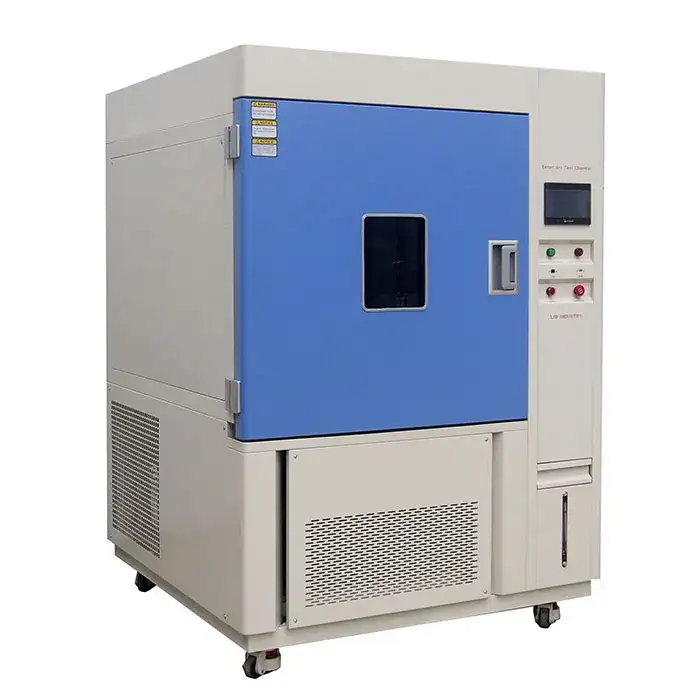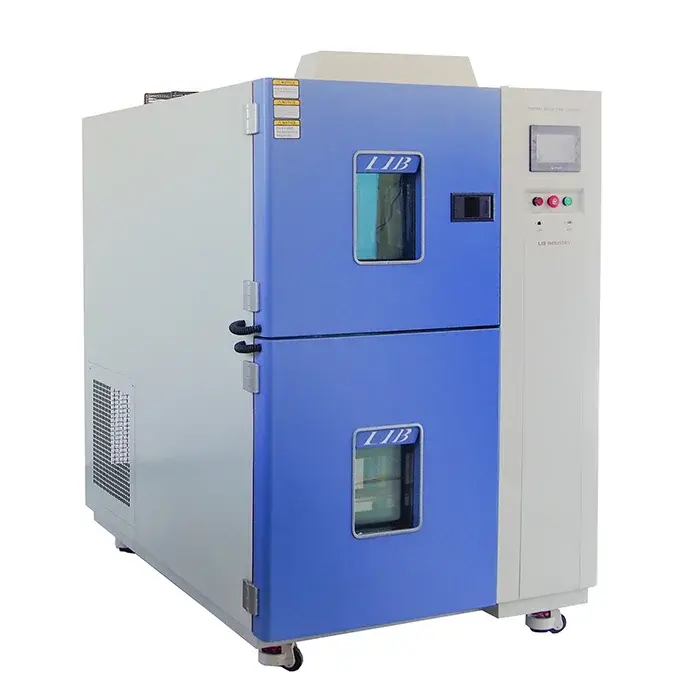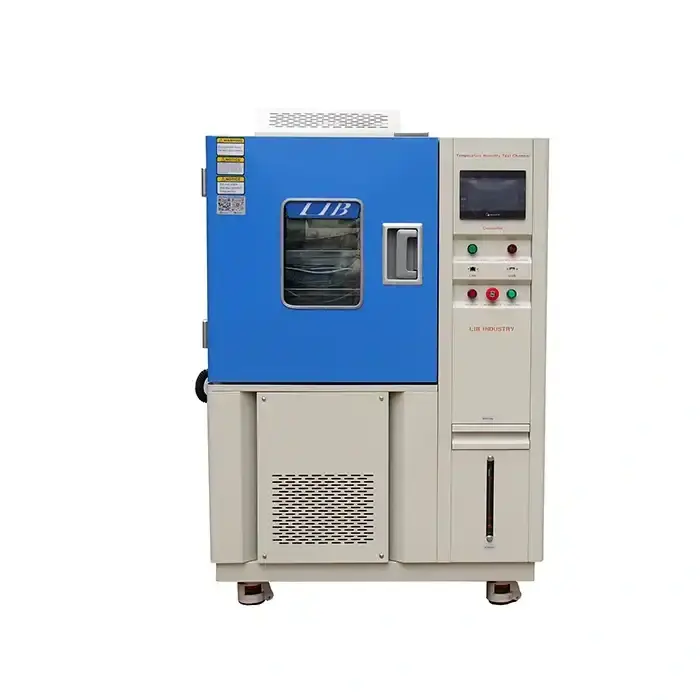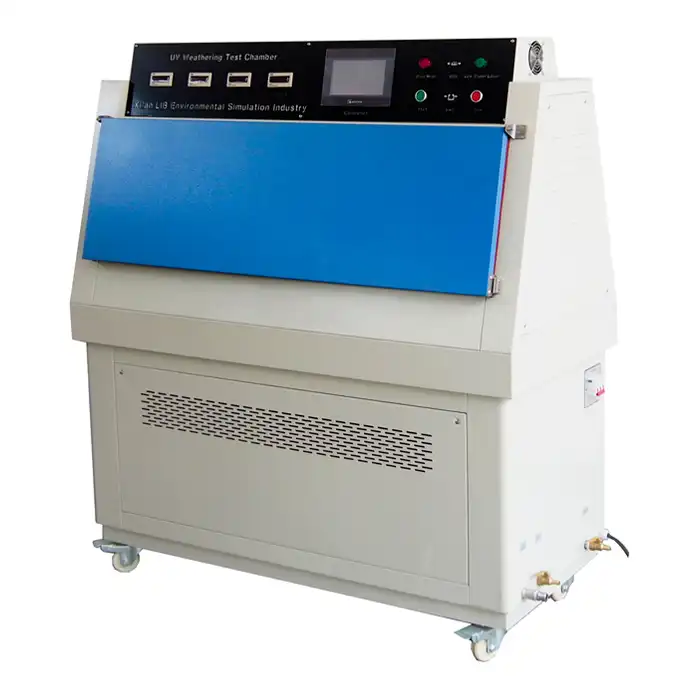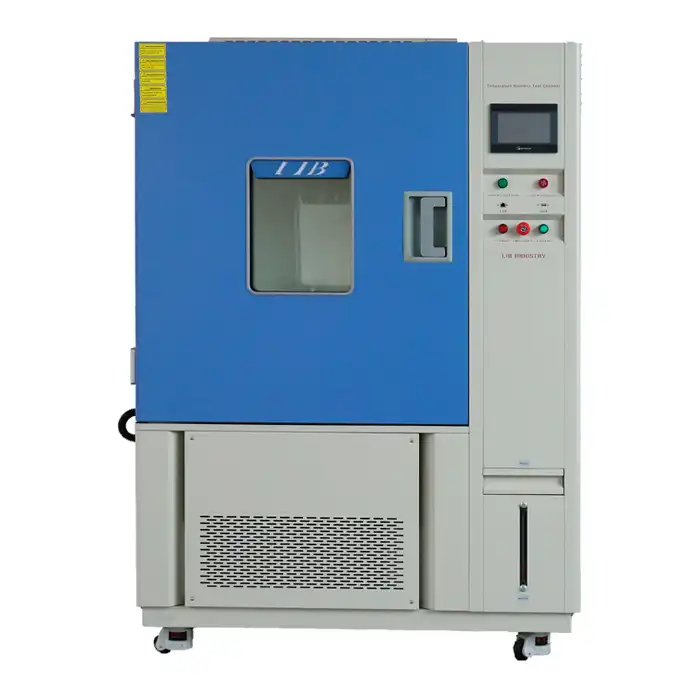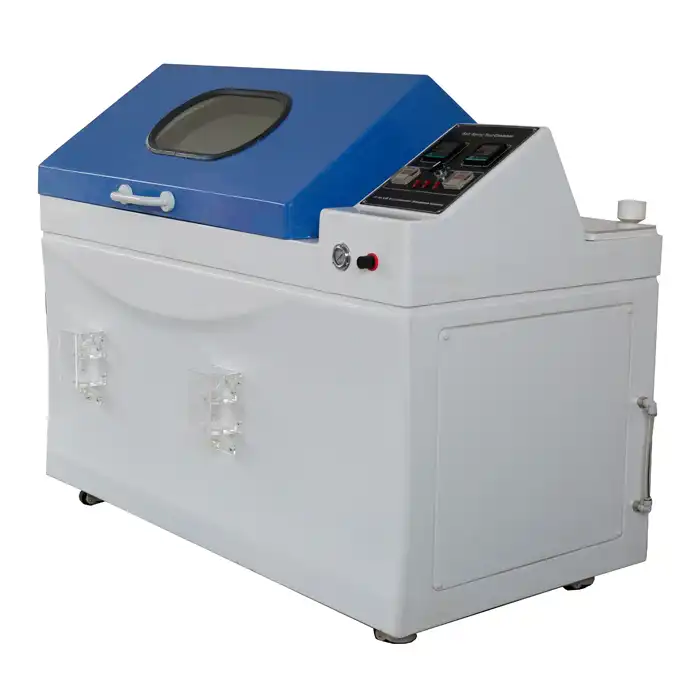What is a dust ingress test chamber?
In the world of environmental testing, dust ingress test chambers play a crucial role in evaluating the resilience of various products against particulate matter. These specialized chambers simulate real-world conditions to assess how well equipment can withstand exposure to dust and fine particles. Let's delve into the intricacies of dust ingress test chambers and explore their significance in ensuring product quality and reliability.
Understanding Dust Ingress Test Chambers
Definition and Purpose
A dust ingress test chamber is a sophisticated piece of equipment designed to subject products to controlled dusty environments. Its primary purpose is to evaluate the effectiveness of seals, enclosures, and protective measures in preventing dust from entering sensitive components. By simulating various dust conditions, these chambers help manufacturers assess and improve the durability and longevity of their products.
Key Components
Dust ingress test chambers comprise several essential components that work in tandem to create a controlled testing environment. These typically include a dust generator, air circulation system, humidity control mechanism, and a test chamber where the product is placed. Advanced chambers may also feature automated controls, monitoring systems, and data logging capabilities to ensure precise and repeatable test conditions.
Types of Dust Used
Different types of dust can be utilized in these chambers, depending on the specific testing requirements. Common varieties include talcum powder, cement dust, and standardized test dusts like Arizona road dust. The choice of dust type depends on the intended application of the product being tested and the environmental conditions it's likely to encounter during its lifecycle.
Applications and Industries
Electronics and Consumer Goods
The electronics industry heavily relies on dust ingress test chambers to ensure the durability of devices like smartphones, laptops, and wearables. These products often encounter dusty environments during daily use, making it crucial to verify their resistance to particulate intrusion. By subjecting products to rigorous dust testing, manufacturers can enhance the longevity and reliability of their electronic offerings.
Automotive and Aerospace
In the automotive and aerospace sectors, dust ingress testing is paramount for components that are exposed to harsh environmental conditions. From engine parts to navigation systems, these industries utilize dust chambers to simulate desert environments, unpaved roads, and other challenging scenarios. This testing helps in developing robust designs that can withstand prolonged exposure to dust and debris.
Industrial Equipment
Industrial machinery and equipment often operate in dusty environments, making dust ingress testing a critical part of their development process. Dust ingress test chamber help manufacturers evaluate the effectiveness of seals, filters, and protective housings in preventing dust from compromising the functionality of industrial equipment. This testing is particularly important for machinery used in mining, construction, and agricultural applications.
Testing Standards and Procedures
International Standards
International standards play a pivotal role in establishing a common framework for dust ingress testing, enabling consistency across different industries and geographic regions. Among the most widely recognized standards are the IP (Ingress Protection) codes, specifically IP5X and IP6X, as defined in the International Electrotechnical Commission (IEC) 60529 standard. These ratings provide clear definitions of the levels of protection that an enclosure offers against solid foreign objects, including dust.
- IP5X: Indicates protection against dust that might interfere with the operation of the equipment but does not completely prevent dust from entering the enclosure. Products with an IP5X rating are considered dust-protected.
- IP6X: Represents a higher level of protection, indicating that the enclosure is completely dust-tight. Products with an IP6X rating are suitable for environments with heavy dust exposure, as no dust can penetrate the enclosure under standardized testing conditions.
Test Duration and Conditions
The testing process for dust ingress is meticulously designed to replicate real-world conditions, providing insights into how a product will perform in its intended environment. The duration of a dust ingress test can vary significantly depending on the standard being applied and the specific requirements of the product being tested.
- Duration: The duration of the test using the dust ingress test chamber can range from a few hours to several days, with longer tests typically applied to products that are expected to operate in particularly harsh or dusty environments. The length of the test is determined by factors such as the expected lifespan of the product and the severity of the environmental conditions it will face.
- Conditions: During testing, conditions such as dust concentration, airflow rate, temperature, and humidity are carefully controlled. These parameters are adjusted to mimic the conditions the product will encounter in the field. For example, products intended for use in hot, dry environments may be tested at elevated temperatures, while those designed for use in humid conditions might be tested at higher humidity levels.
- Dust Particle Size: The size of the dust particles used in the test is also a critical factor, as different applications may involve exposure to dust of varying sizes. Test procedures may specify the use of standardized dust types, such as Arizona dust, which is commonly used in automotive and electronics testing to simulate real-world conditions.
Result Interpretation and Reporting
The final stage of dust ingress testing involves a thorough analysis of the test results, which provides valuable insights into the product's durability and performance in dusty environments. The interpretation of these results is crucial for determining whether a product meets the required standards and is suitable for its intended application.
- Visual Inspection: One of the primary methods of analyzing test results is through visual inspection. Technicians examine the product for signs of dust ingress. This inspection helps identify areas where the product's design may need to be improved to enhance dust protection.
- Quantitative Analysis: In some cases, a more quantitative approach is taken. For example, the product may be weighed before and after the test to measure the amount of dust that has entered the enclosure. This data provides a clear indication of the product's ability to prevent dust ingress and maintain its functionality.
- Functional Testing: In addition to visual and quantitative assessments, functional tests may be conducted to evaluate the impact of dust ingress on the product's performance. These tests can include checking for electrical continuity, assessing the operation of moving parts, or performing stress tests to simulate the product's use in the field.
- Reporting: The results of these analyses are compiled into detailed reports that document every aspect of the testing process, including the test conditions, observations, and conclusions. These reports are essential for product certification, as they provide evidence that the product meets the necessary standards.
Conclusion
Dust ingress test chambers are indispensable tools in the realm of environmental testing, offering manufacturers valuable insights into their products' ability to withstand dusty conditions. By subjecting products to controlled dust exposure, these chambers help in identifying vulnerabilities, improving designs, and ultimately delivering more reliable and durable products to consumers. As industries continue to push the boundaries of product performance in challenging environments, the role of dust ingress test chambers in ensuring quality and reliability remains more critical than ever.
For manufacturers seeking comprehensive environmental testing solutions, including dust ingress test chambers, LIB Industry offers a range of turn-key solutions. From research and design to production, commissioning, and training, LIB Industry provides complete products and services tailored to customer requirements. To learn more about Dust Ingress Test Chambers and other environmental testing solutions, interested parties can reach out to LIB Industry at info@libtestchamber.com.
References
1. Johnson, A. R., & Smith, B. T. (2019). "Advances in Dust Ingress Testing Methodologies for Electronic Devices." Journal of Environmental Testing and Analysis, 45(3), 287-302.
2. Zhang, L., et al. (2020). "Comparative Study of Dust Ingress Test Chambers: Design Considerations and Performance Evaluation." International Journal of Environmental Engineering, 12(2), 156-173.
3. M. K. (2018). "Dust Ingress Testing in the Automotive Industry: Challenges and Best Practices." Automotive Testing Technology International, 76(4), 42-49.
4. Patel, S., & Nguyen, T. H. (2021). "The Impact of Dust Ingress on Industrial Equipment Reliability: A Comprehensive Review." Industrial Maintenance & Plant Operation, 33(1), 78-95.



